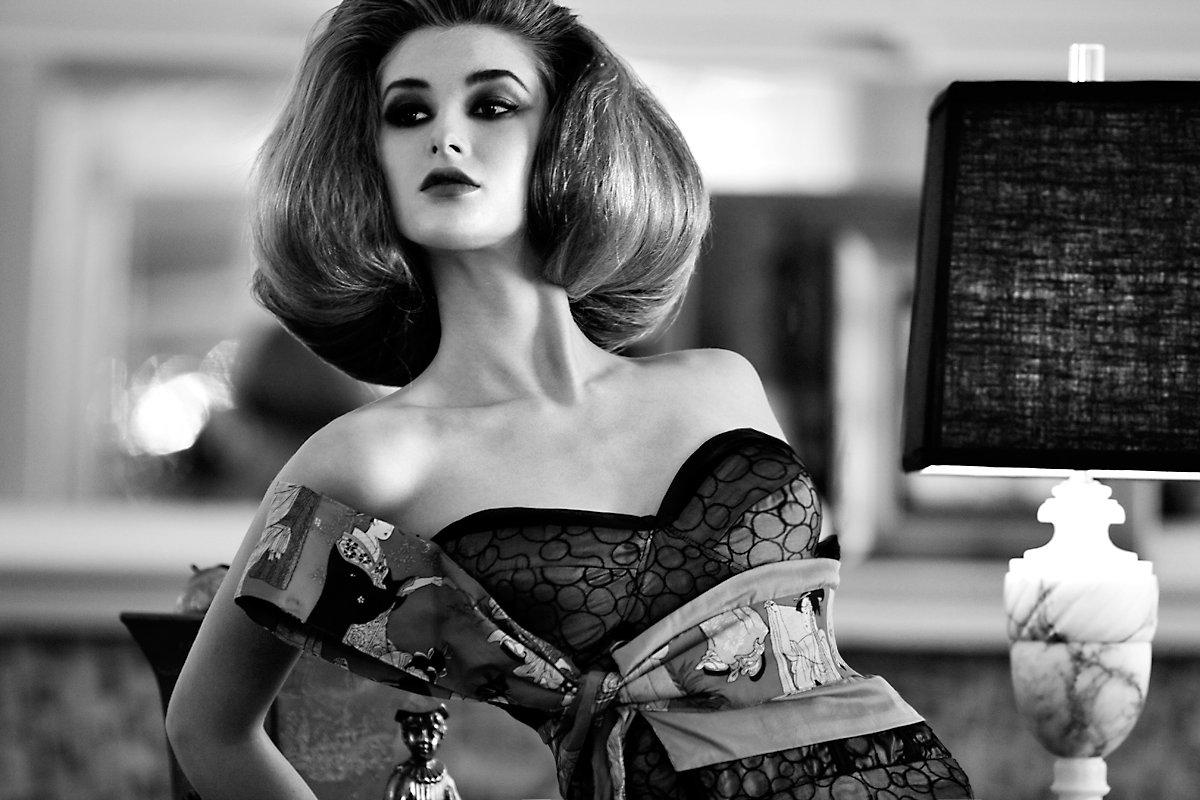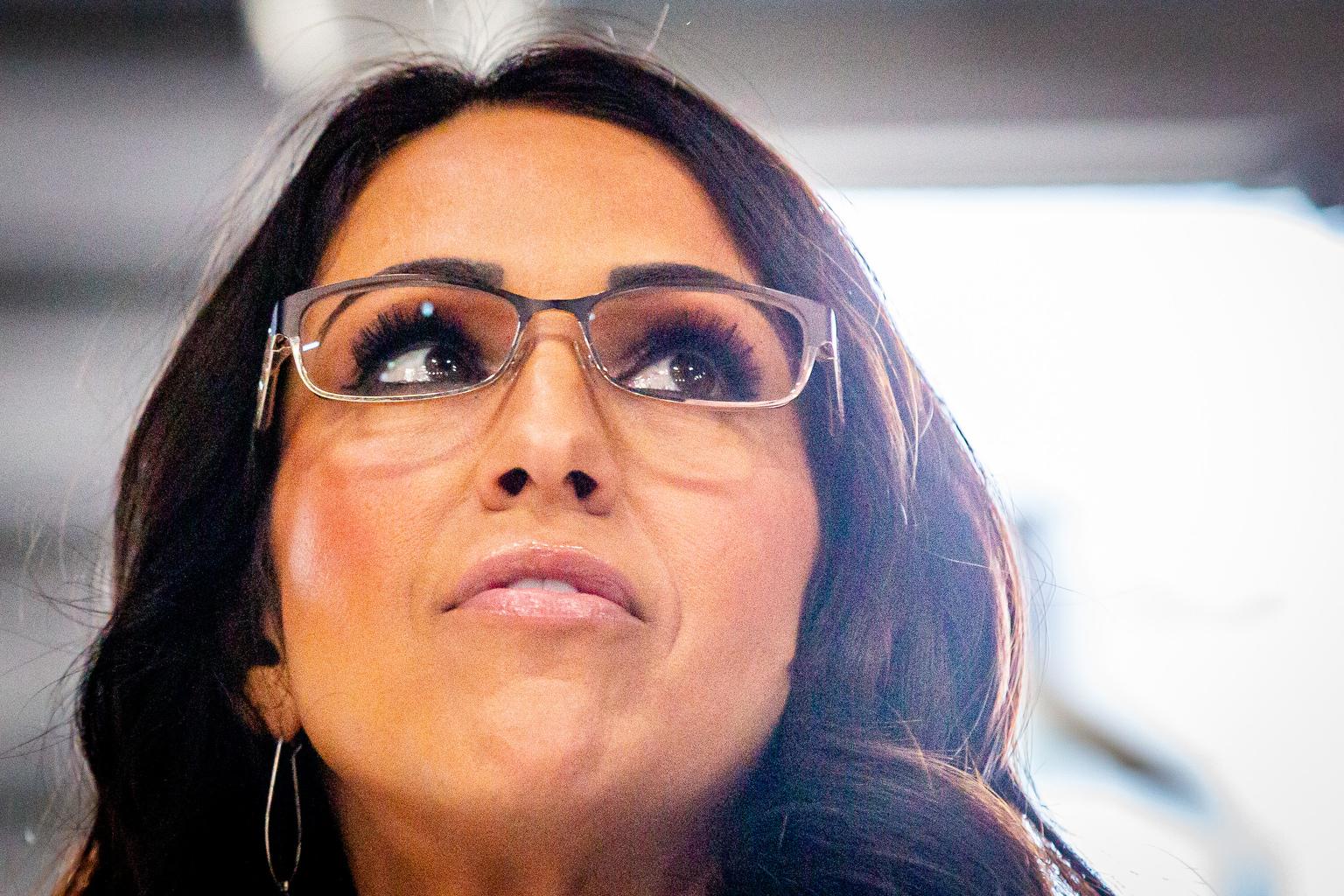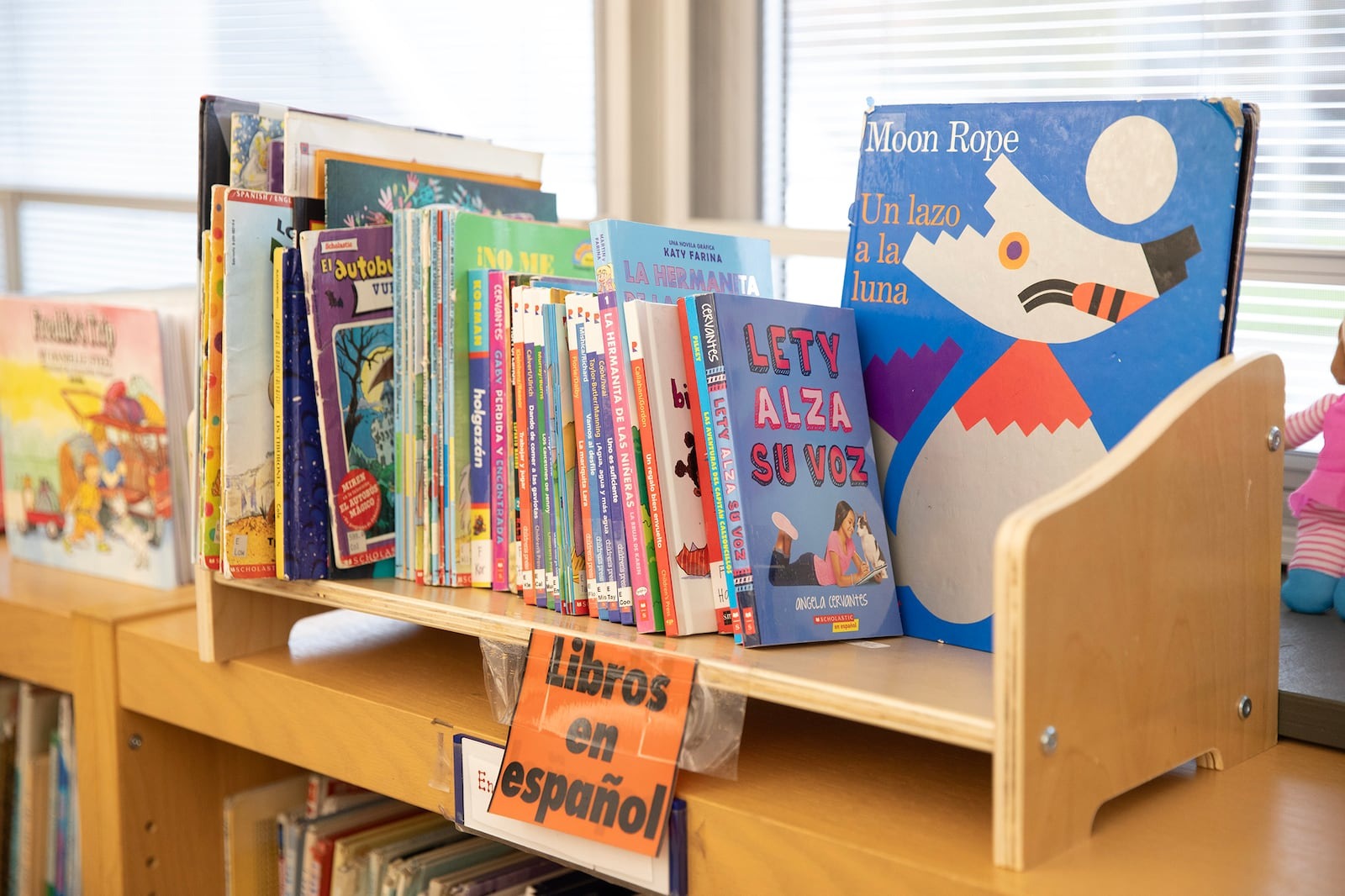
Fashion costs money – and lots of it. No, we're not talking about the latest Prada Saffiano tote which will set you back a mere $2,650, but rather the up-front investment designers need to create their own clothing lines.
From raw materials and samples to full production runs, financial and manufacturing hurdles are particularly huge for designers living outside of a major fashion center like New York. In Denver’s burgeoning fashion scene, designers are struggling under the limitations but starting to see signs of change.
Let’s start with fabric – a designer’s basic tool.
With fewer yardage requirements than large international companies and no garment district to shop in, small labels in Denver depend on out-of-state wholesalers to get material.
“Many wholesalers will not sell to anyone buying less than 300 yards, so you have to rely on those with stock programs,” Stephanie Ohnmacht, a Denver-based contemporary women’s wear designer and recent contestant on the “Under The Gunn” fashion-centric reality television series, says. “Their selection is limited and you don’t get to pick your colors – only what’s available.”
Although designers can purchase remnants of high-end or custom fabric from major labels like Donna Karan through stores in New York, it’s unlikely that enough can be acquired to make additional pieces if a garment sells well.
Production and know-how are also big challenges for Colorado designers.
“Every detail must be communicated clearly to the folks who are cutting, sewing, pressing and shipping your wares,” Boulder’s Carol Ann Wachter, a designer who creates sophisticated, feminine designs, says. “Your reputation depends on it.”
In Colorado, the manufacture of apparel has traditionally focused on snow, active and casual wear. The small number of designers in this state who work in fashion – there are just under 100 estimated creators of in Colorado according to The Bureau of Labor statistics – require a different set of skills from their production teams than is typical of the outdoor wear industry.
“These are two separate industries,” Mona Lucero, a custom designer and Colorado native, says. “The skill set is different and the sewing equipment is different.”
For example, high fashion designers need an experienced pattern maker to create a production sample. Essentially a clothing engineer, the pattern maker assists in fine-tuning fit while also considering how to construct a garment in the most efficient way.
“You need someone who knows production sewing and can take a sketch and translate it into a pattern that can be sewn in a factory,” Ohnmacht says.
But because the majority of fashion work is in New York, good pattern makers aren’t easy to find outside of that city’s Garment District. Plus, they can be expensive: The time and technical skill it takes to create a production sample means the price for just one can be as high as $1,000. To put that number in perspective: A runway collection averages about 40 looks, which means producing at least 50 pieces. The cost of assembly would therefore run to a minimum of $50,000 for garments alone. When you consider that not all samples from a collection even make it into production – Ohnmacht points out that she ended up producing only six of the 18 samples from her Spring 2014 collection – it’s doubtful whether a designer actually recovers the cost of creating a set of samples.
Despite the challenges, Colorado-based designers are beginning to feel more optimistic. Although it will take a number of years, this city’s fashion entrepreneurs and leaders continue to build on the design skills and small manufacturing base that’s here.
The state’s only four-year program for fashion at Colorado State University (CSU) has been critical to boosting the area’s reputation for turning out top-notch designers – something the school has been quietly proving for the last few years. CSU design graduates currently work in key positions at leading American fashion companies including Coach, Michael Kors, contemporary label 3.1 Phillip Lim and Hollywood A-lister favorite Marchesa – to name a few.
Although the Colorado-trained designers are not yet household names like the labels they work for, they possess the talent, temperament and skill set to design for internationally recognized companies, and as such are a precious commodity within the industry.
In terms of manufacturing resources, the Fashion Design Center Denver (currently open, but not fully operational until mid-April) will help to address the issues of small-scale production, samples and pattern making. Founded by couture bridal and lingerie designer Lisa Elstun in a renovated former egg storage facility in Denver’s RiNO district, the 4,634-square-foot Center will house about six designer studio spaces around the perimeter with machines and cutting tables in the middle. The Center will also provide designers with additional resources to grow their businesses and gain visibility, including wholesale sales, trade show representation and shipping and distribution assistance.
Finally, designers are also feeling renewed optimism because of the Denver boutique scene. Many new stores have opened over the past five to seven years, such as LoHi’s Goldyn, A.line Boutique at The Landmark in Greenwood Village and Fancy Tiger on South Broadway. These businesses are owned by merchants who support local talent. The retailers work with designers that fit their respective aesthetic and meet their quality standards by giving them space to sell their wares, test their products and hone in on their customers.
"I think it's essential that we as a local boutique support our community here in Denver because it's a necessary part of the cultural ecosystem,” Vanessa Barcus, the owner of Goldyn, says. “Local designers won't be able to survive unless people are buying their products and we as a store can drive sales and help to push their careers further. Plus, putting their designs next to top-level collections like Helmut Lang and Rachel Comey not only helps to elevate them in the consumer's eye, but also pushes them to want to achieve higher standards.”
One local designer Goldyn is helping to push is Kristin Littlejohn, the force behind the refined, yet fashion-forward label Imminent Rise.
Littlejohn is slowly building her line of luxe essentials starting just with the tank top. As such, she is following in the footsteps of her role model Diane von Furstenberg, who also began her career with one signature product, the wrap dress.
The excitement of hanging on a rack next to fashion industry superstars pushes Littlejohn to want more recognition: “In today’s global economy, why can’t a talented designer emerge from a location outside of a major fashion hub?”
Georgia Alexia Benjou is an international fashion stylist and editor. Her work is regularly featured in 5280 Magazine, where she serves as fashion editor, and has also appeared in Vanity Fair, among other publications.







